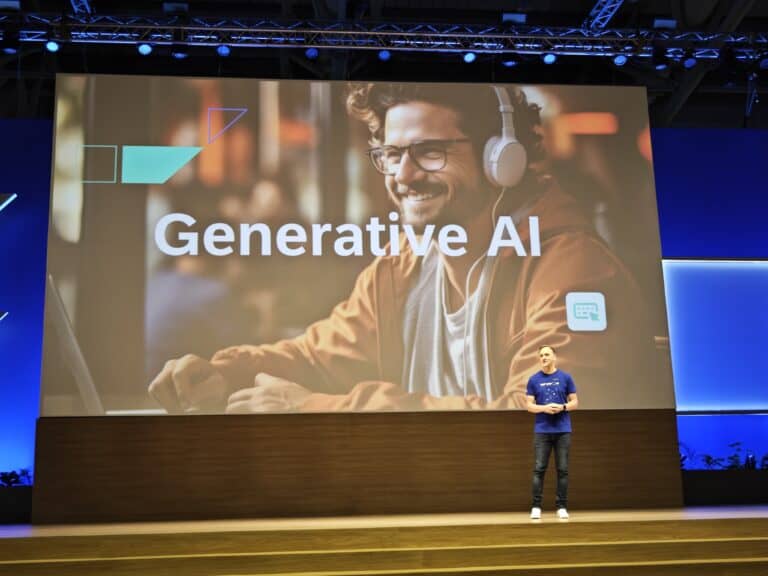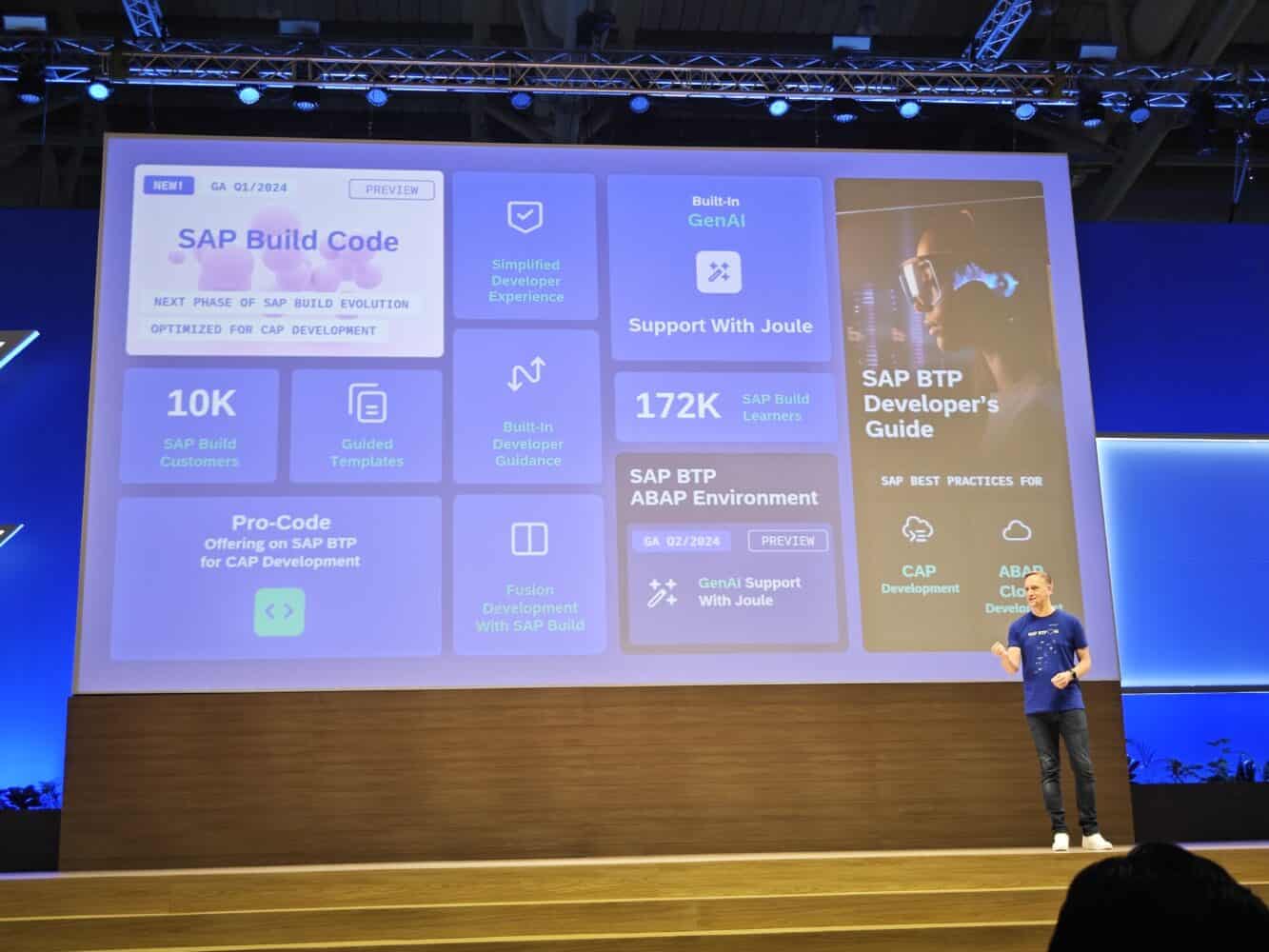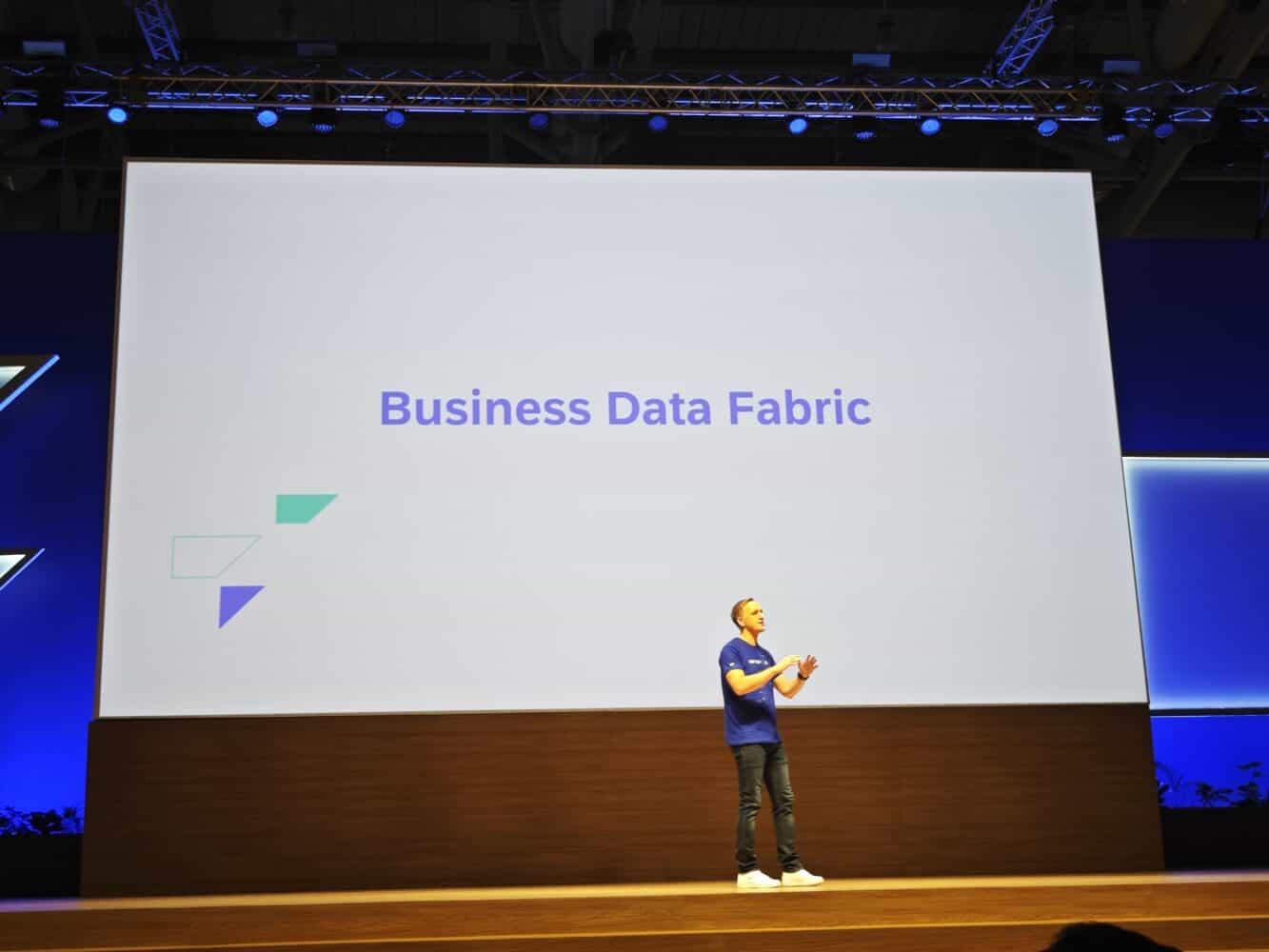The SAP BTP is the foundation for streamlining business processes. The platform is increasingly getting AI to streamline everything, from application development to integration and data management to analytics.
SAP’s AI strategy has been shaken up with regularity in recent years, but as far as we’re concerned, the current approach is straightforward. Whereas the ERP vendor used to go from project to project, it now particularly believes in its generative AI copilot Joule combined with collaborations with technology partners. At the recent TechEd conference, SAP paid due attention to what Joule and its collaborations mean for developers, consultants and other SAP users. What can they expect in the near term?
Tip: Sapphire 2023: SAP goes big on AI, what does it mean for business processes?
The AI developer
One thing that received much attention during the TechEd conference was SAP’s aspiration to make every developer an AI developer. SAP has laid the groundwork for this endeavour over the past 12 months. Exactly one year ago, the ERP vendor introduced SAP Build, a low-code environment for building applications, process automation and portals. The building blocks of this tool should make it easy to simplify building software. This method is aimed primarily at the citizen developer, a group with less in-depth technical knowledge about code than professional developers but with a need to develop software.
SAP is now coming up with Build Code to bring these citizen developers closer to professional developers. This is where generative AI and the desire of AI developers come in, by letting Joule assist with development work. Build Code targets the professional developer by optimizing for programming with Java and JavaScript. In addition to features for coding, the environment has capabilities for testing, integration and application lifecycle management. For this purpose, Build Code is based on the existing SAP development environment Business Application Studio.
A user of Build Code can ask Joule to help develop applications. For example, they describe a new SAP extension they want to develop. The code Joule then generates follows the best practices of the SAP Cloud Application Programming Model. Thus, as much as possible, the delivered code functions according to SAP and industry principles. Developers can perform all kinds of follow-up work in the Build Code environment, with or without Joule’s help. Think about reviewing data models and adding logic from the business.
Generative AI takes over some of the code writing by involving the co-pilot in all these things. It’s not everything, but suppose Joule takes over a quarter of code generation. That’s already a significant portion of the development work that generative AI alleviates.
Also read our article discussing the unveiling of Build Code.
Automation and integration
SAP’s ambition to help more with automation and integration ties in with Build and Build Code. Indeed, according to SAP, the development tool comes into its own further when combined with SAP Signavio for process mining and the SAP Integration Suite. With Signavio, or possibly a third-party process mining tool, business processes can be continuously analyzed. This is to identify opportunities for automation. Through the Business Technology Platform, users can connect to SAP and third-party systems to apply process mining to all that data to identify inefficiencies in business processes.
Updates now also enable publishing process mining events from Signavio to the Integration Suite’s event mesh. This should allow companies to react faster to bottlenecks in business processes to build any further automation with SAP Build. According to SAP, the combination of these three tools, complemented by AI, is a perfect way to automate IT and business processes.
The upcoming addition of LeanIX to the platform, acquired this year, should take automation and integration a little further. This will bring software to BTP to visualize a company’s entire application landscape. Thus, legacy apps can be identified to modernize them if desired.
More variety in data sources
During TechEd, SAP is particularly keen to show that it adds generative AI to applications and processes in every possible way. In this regard, SAP is also investing in updates for developers, aiming to build data applications with the HANA Cloud database. A vector datastore is being added to this SAP database. These vector datastores focus on unstructured data, such as text, images and audio. Previously, information from these unstructured data sources could not be integrated, or it was very difficult.
Such a vector datastore can be useful for staff using SAP in day-to-day operations. Consider searching for suppliers in contracts to check for previous payments from those suppliers.
Also read our article discussing the unveiling of the vector datastore.
SAP is also coming out with an update to Datasphere, the data fabric that saw the light of day earlier this year. It is the successor to the SAP data warehouse and should make it easier for apps to access SAP and non-SAP data. New features that SAP describes are coming to this data fabric as enabling a powerful semantic layer.
Datasphere will have additional capabilities this year to integrate business context from SAP systems S/4HANA, Business Warehouse and BW/4HANA. It also simplifies data sharing, with more features to access customer and partner-managed data products via APIs.
Tip: SAP Datasphere makes data access easier
AI in every corner of BTP
With recent developments, the Business Technology Platform breathes more AI than ever. BTP acts as the foundation for optimizing business processes. So, towards the end of the year, SAP is especially showing how SAP developers can benefit from using new AI capabilities. Of course, this should also support the SAP user using the ERP software for daily work. After hectic months through generative AI, it is clear to the SAP community that the ERP vendor wants to go with Joule.


